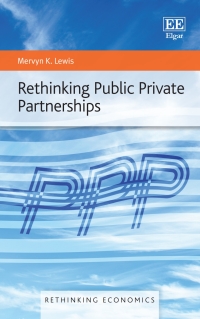Question
A road has a triangular fundamental diagram. It has critical density is 40.0 veh/km, free-flow speed of 100.0 km/hr and jam density of 440.0 veh/km.
A road has a triangular fundamental diagram. It has critical density is 40.0 veh/km, free-flow speed of 100.0 km/hr and jam density of 440.0 veh/km. The flow coming from upstream on the road is initially 3000.0 veh/hr. It travels at the free-flow speed.
At 9:00 AM, a bottleneck forms on the road, but the upstream flow continues to be 3000 veh/hr. The bottleneck has a capacity of 2270 veh/hr. A queue begins to form at the bottleneck.
a. Calculate the speed of the interface at the back of the queue and indicate what direction its moving.
At 9:45 AM, the flow from upstream drops from 3000.0 veh/hr to 1880.0 veh/hr.
b. what is the length of the queue at 9:45a.m?
c. what is the new speed and direction of the interface at the back of the queue?
At 10:00 AM, the bottleneck is removed. Cars leave the bottleneck at the road's capacity.
d. Calculate the length of then queue at 10a.m
e. Then find at what time and location does the queue dissipate.
Step by Step Solution
There are 3 Steps involved in it
Step: 1

Get Instant Access to Expert-Tailored Solutions
See step-by-step solutions with expert insights and AI powered tools for academic success
Step: 2

Step: 3

Ace Your Homework with AI
Get the answers you need in no time with our AI-driven, step-by-step assistance
Get Started


